The art of crafting perfect sushi rice, known as shari or sumeshi, lies at the heart of authentic Japanese sushi. While the quality of fish garners much attention, seasoned sushi chefs understand that the vinegar-seasoned rice is the soul of the dish. The golden ratio for sushi rice isn’t merely a recipe—it’s a centuries-old alchemy balancing sweetness, acidity, and texture to complement the toppings without overpowering them.
Traditional sushi rice preparation follows a precise formula where the balance between rice, vinegar, sugar, and salt creates harmony. The foundational ratio revolves around 5:1:1—five parts cooked rice to one part vinegar mixture (typically a blend of rice vinegar, sugar, and salt). However, regional variations and personal chef preferences introduce subtle adjustments. In Tokyo’s Edomae sushi, the vinegar tends to be sharper, while Osaka-style hakozushi (pressed sushi) often leans sweeter.
The choice of rice is critical. Short-grain Japanese varieties like Koshihikari or Akitakomachi are preferred for their sticky yet firm texture. After washing and cooking, the rice must be cooled to body temperature before seasoning. This ensures the grains absorb the vinegar mixture evenly without becoming mushy. The vinegar blend itself is heated gently to dissolve sugar and salt, then cooled to avoid "cooking" the rice further upon contact.
Timing and technique are equally vital. The vinegar is folded into the rice using a shamoji (wooden paddle) with slicing motions to preserve grain integrity. Overmixing causes clumping, while undermixing leaves uneven flavor distribution. A skilled chef fans the rice during this process to achieve a glossy finish and ideal stickiness—enough to hold shape but still separate when bitten.
Modern sushi innovators occasionally tweak the golden ratio—some reduce sugar for health-conscious diners, while others experiment with aged vinegars for depth. Yet the core principle remains: sushi rice should be a subtle yet confident partner to the fish, never a distraction. Mastery of this balance is what separates competent sushi from the sublime.
Beyond ratios, the philosophy behind sushi rice reflects Japanese culinary principles: respect for ingredients, precision in execution, and harmony in flavor. Whether in a Michelin-starred Tokyo counter or a humble home kitchen, the pursuit of perfect sumeshi is a lifelong journey—one where science and tradition dance in every grain.
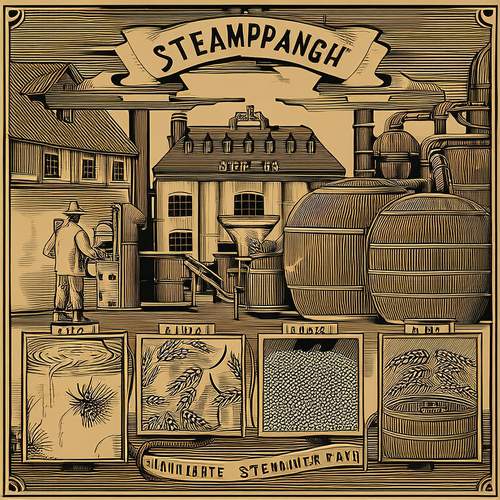
By /May 26, 2025

By /May 26, 2025
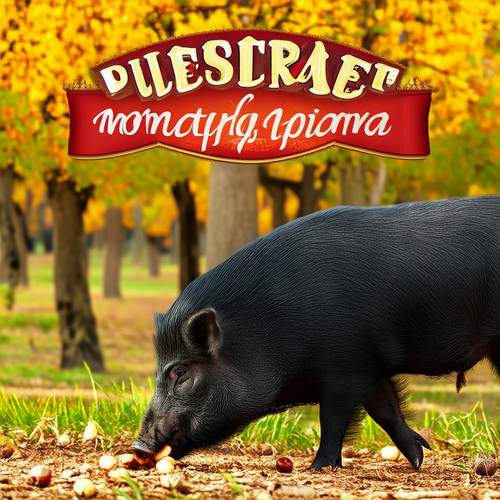
By /May 26, 2025
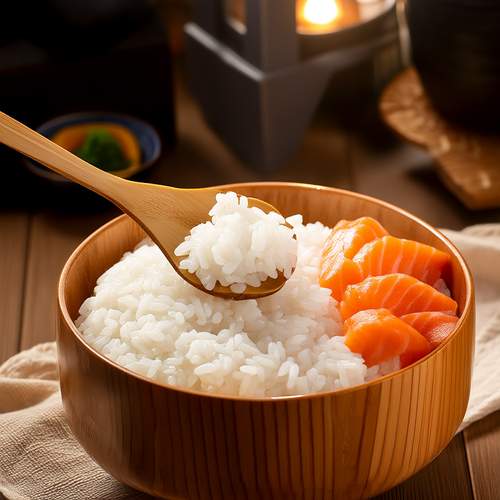
By /May 26, 2025

By /May 26, 2025

By /May 26, 2025

By Emily Johnson/May 10, 2025

By Elizabeth Taylor/May 10, 2025
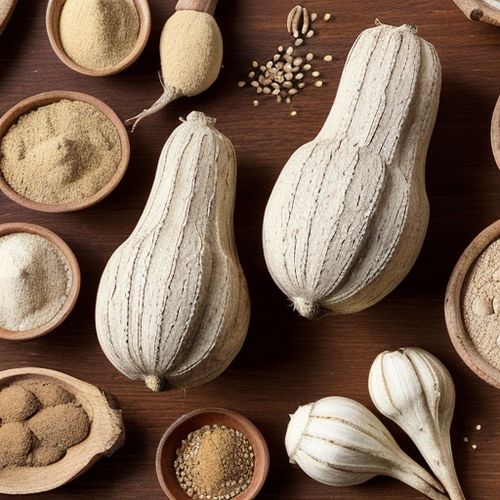
By Michael Brown/May 10, 2025
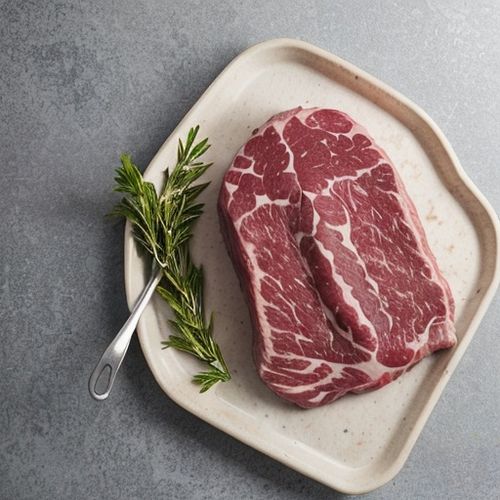
By Joshua Howard/May 10, 2025
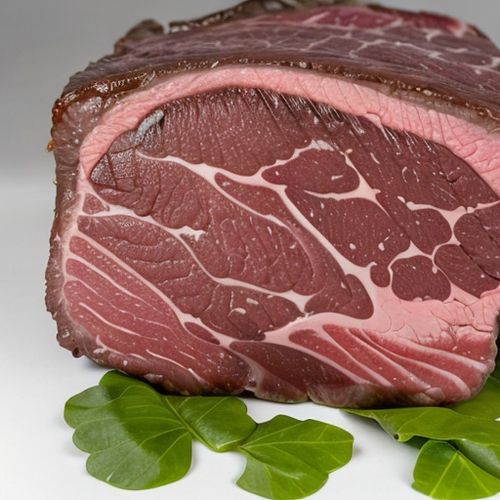
By William Miller/May 10, 2025

By Thomas Roberts/May 10, 2025

By Laura Wilson/May 10, 2025
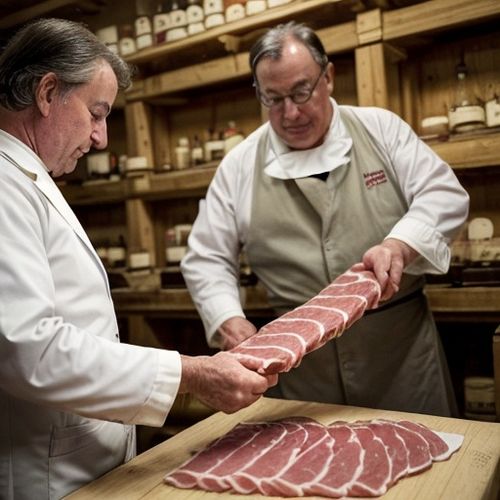
By Joshua Howard/May 10, 2025

By Ryan Martin/May 10, 2025
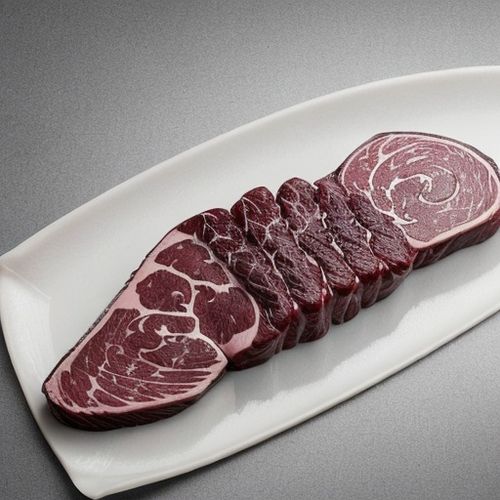
By Sarah Davis/May 10, 2025